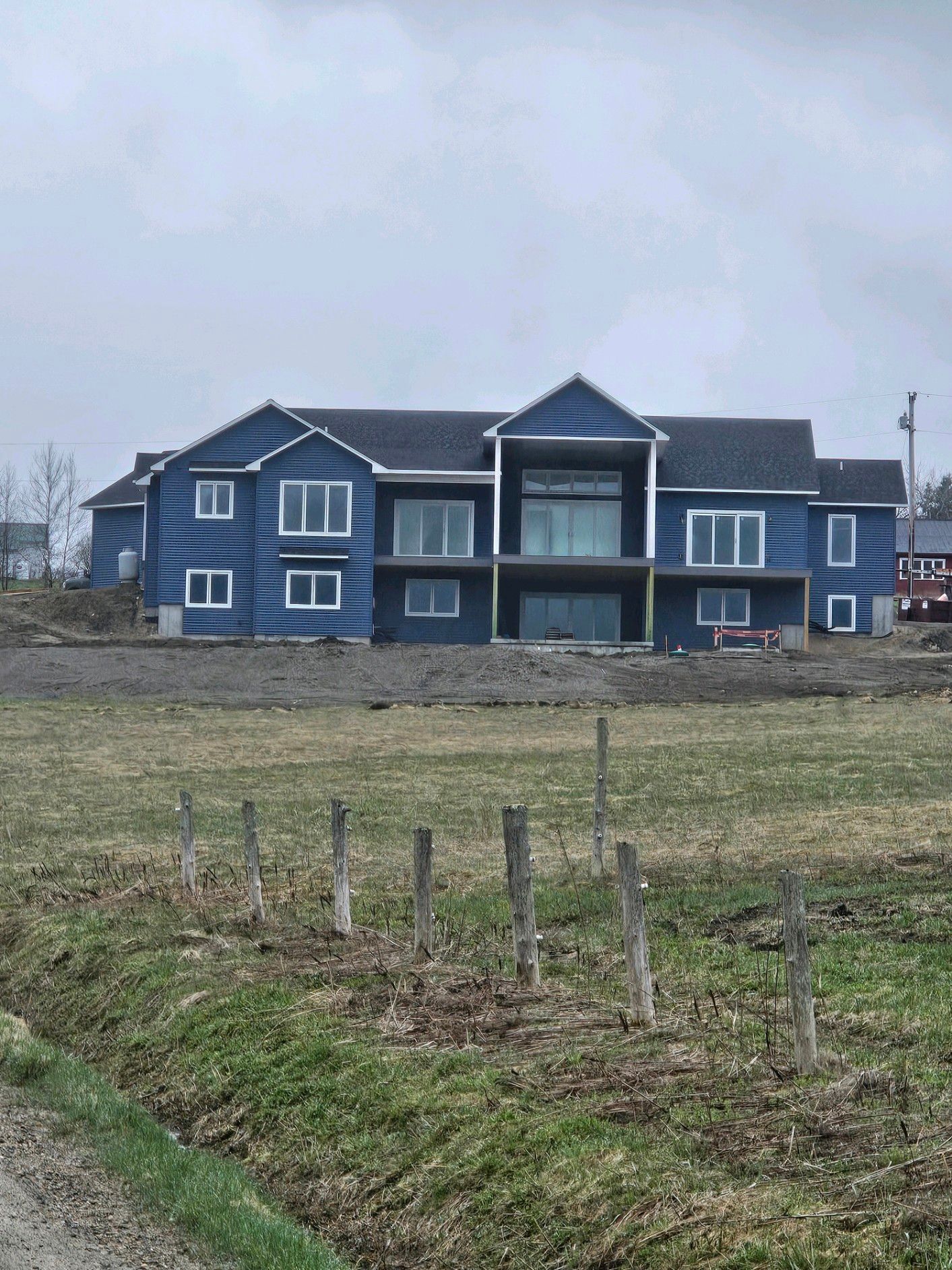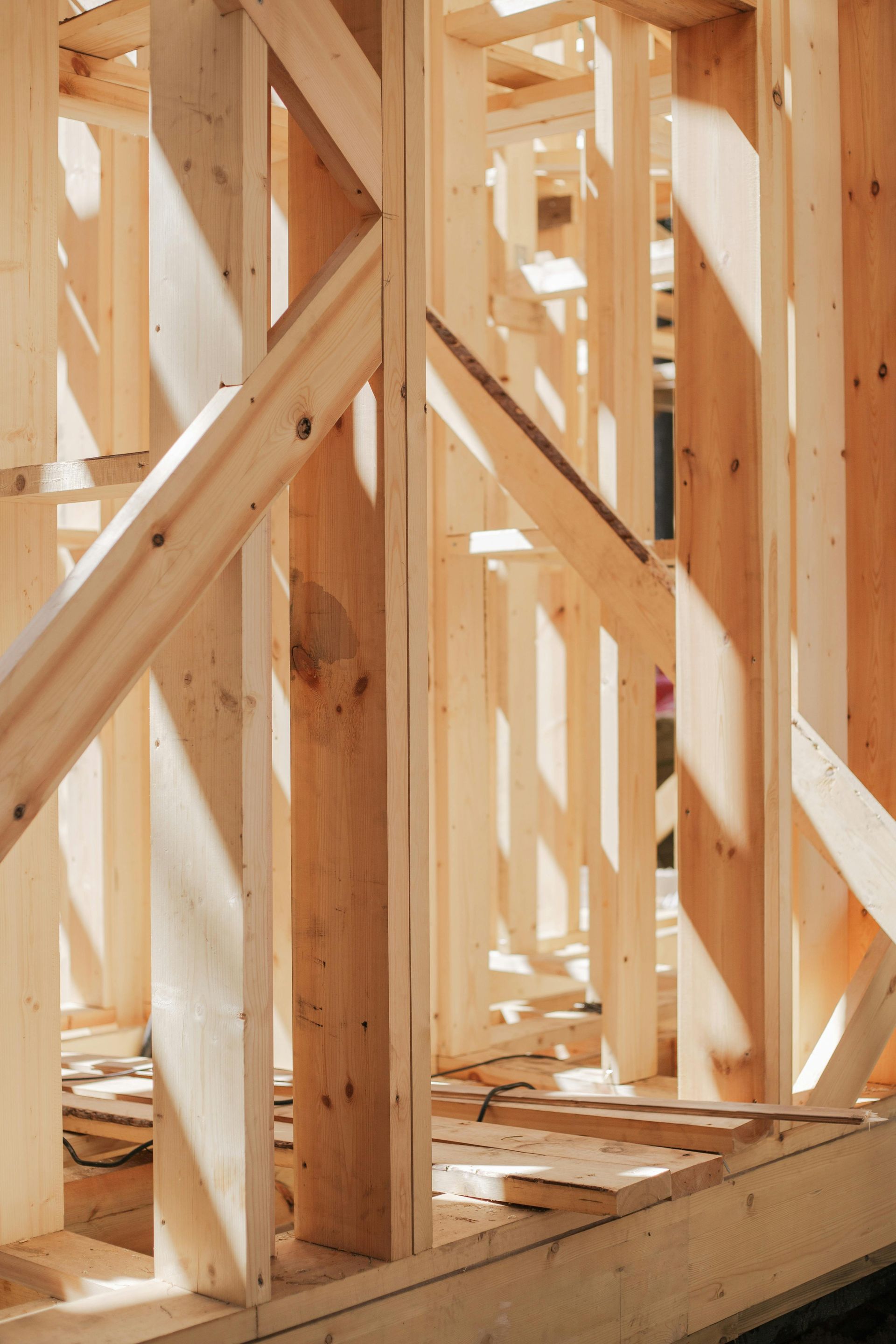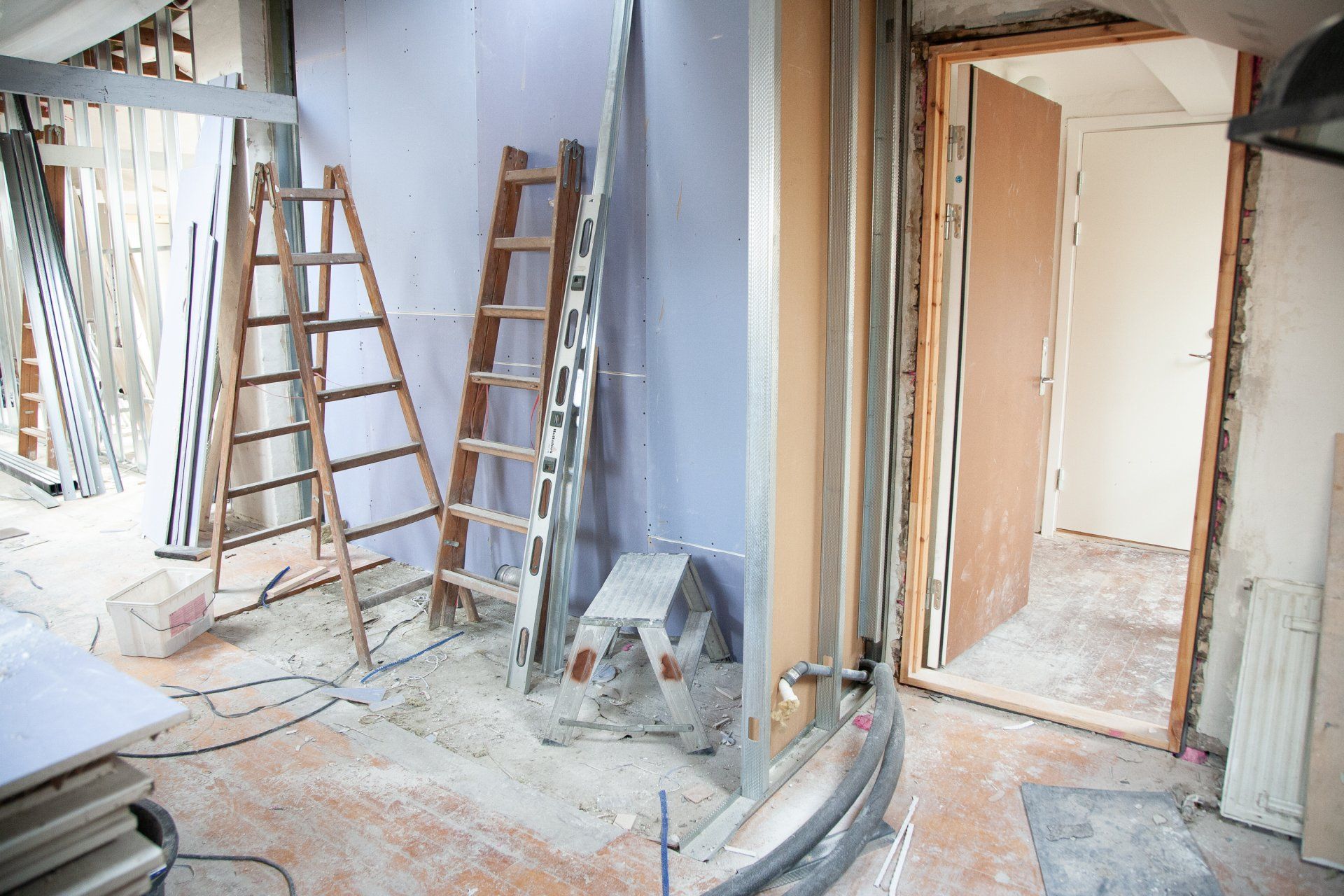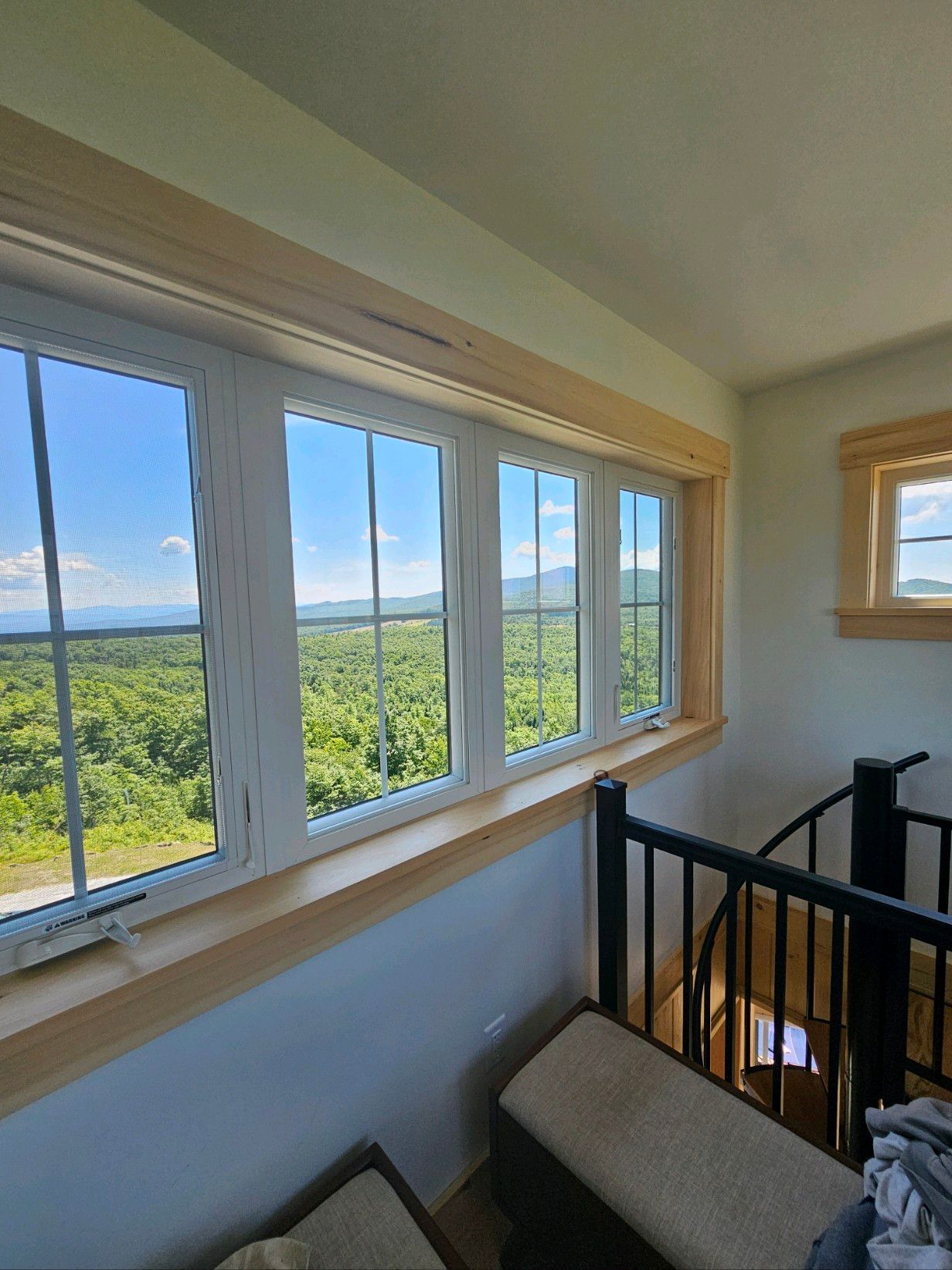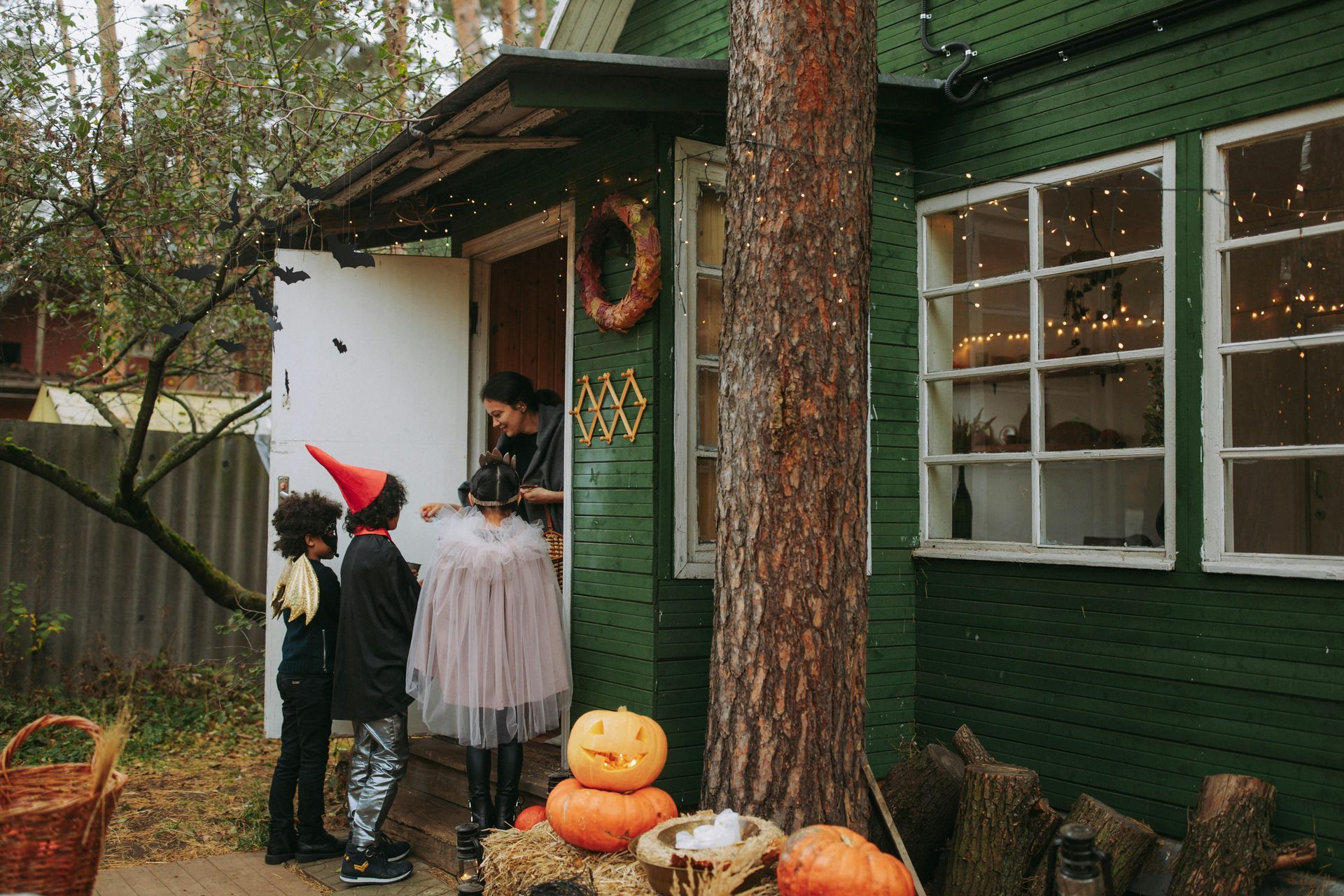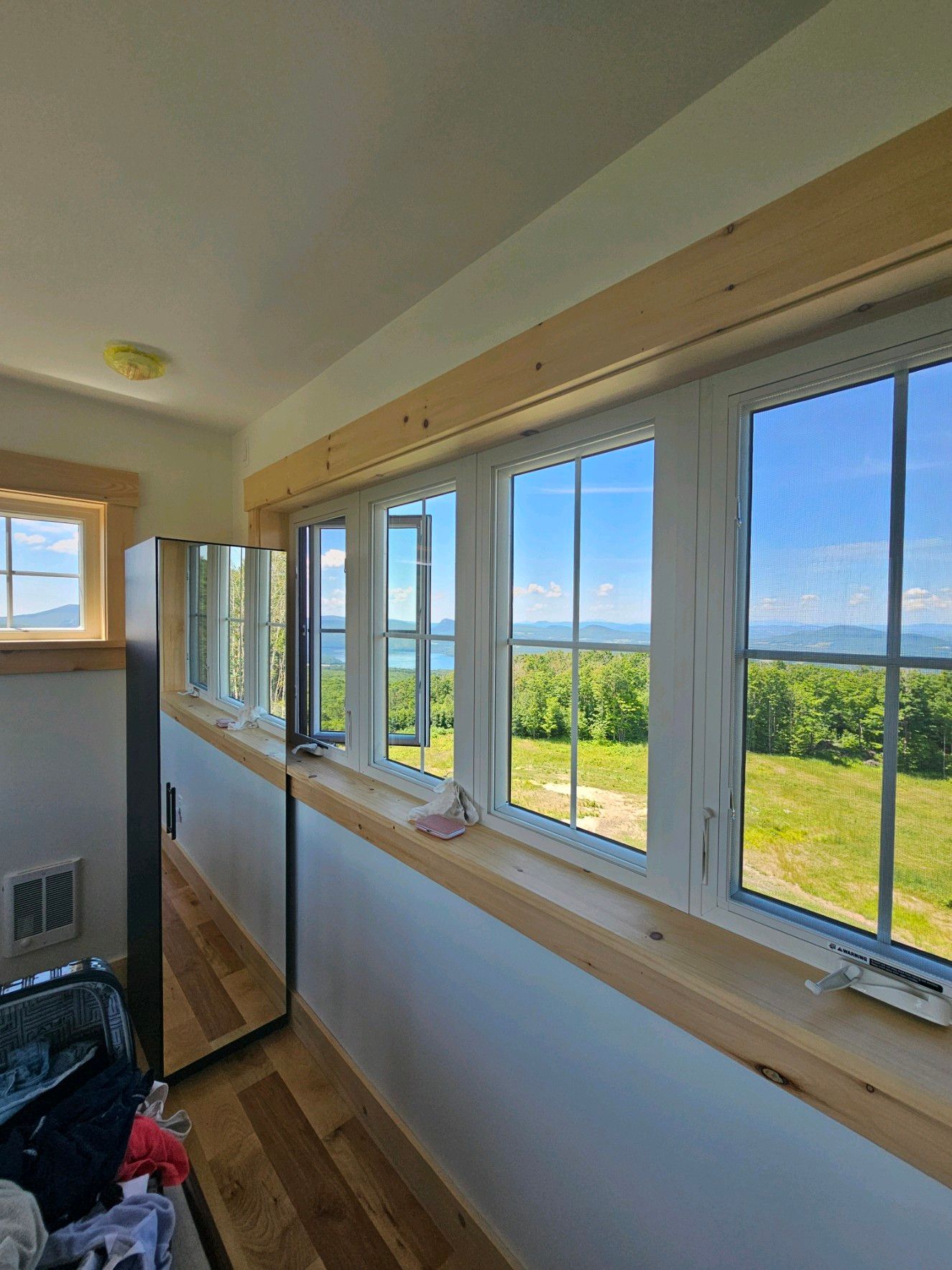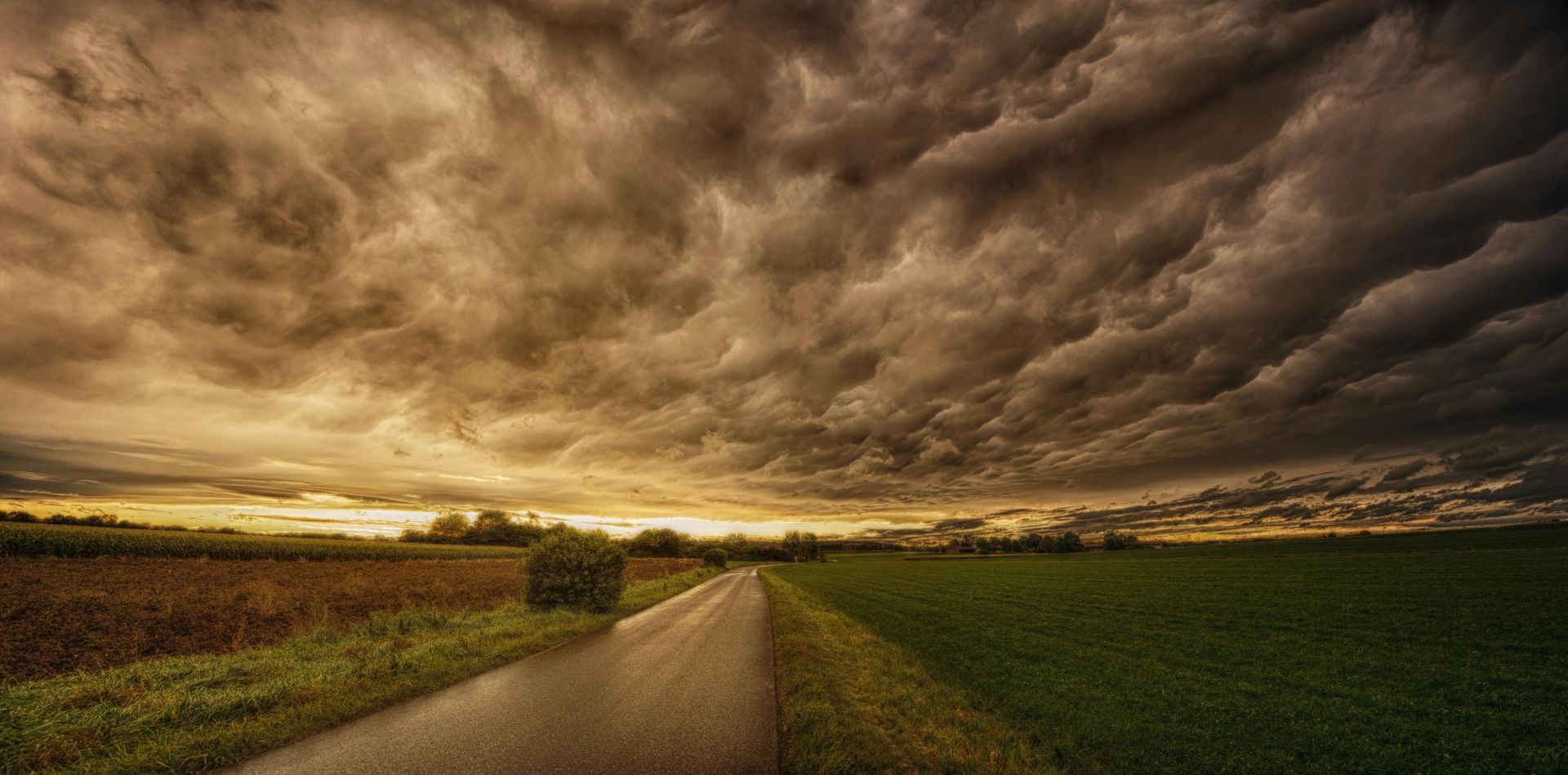SOME FACTS ABOUT CELLULOSE INSULATION
Dispelling the myths about mold, fire risk & other key factors of Cellulose Insulation
Myth:
Damp spray Cellulose Insulation in Newport, Vermont is applied wet in walls increasing the likelihood of mold and mildew.
Fact:
This type of application is common in new construction where a small amount of water is added for increased bonding to the sheathing. The moisture content, when installed correctly, dissipates quickly, typically resulting in moisture content at or below wood framing members. Any trace moisture in the insulation will pass through the drywall after it is installed, similar to moisture in wood wall studs.
Myth:
Cellulose insulation settles resulting in loss of original R-Value. Fact:
All loose-fill insulation products can settle over time. By federal law and industry standards compensation for settlement is built into cellulose insulation coverage charts. When installed properly in accordance with the coverage chart, cellulose insulation will not settle below the intended R-Value.
Myth:
Cellulose insulation is more expensive.
Fact:
Cellulose Insulation in walls will typically be more expensive than fiberglass batts due to higher installation costs. The difference is easily overcompensated in the greater savings on energy costs by using Cellulose Insulation . Blown in Cellulose and blown in fiberglass insulations are comparably priced. Cellulose Insulation is less expensive than foam.
Myth:
Cellulose is made of paper so it will be more susceptible to humidity and mold. Fact:
This is simply not true. Cellulose Insulation is no more subject to mold contamination than any other building material. Published studies indicate that the hygroscopic nature of cellulose insulation results in superior moisture handling characteristics.
Myth:
Cellulose Insulation results in deforestation because it uses wood from trees.
Fact:
Cellulose Insulation is made from recycled paper, not material from newly cut trees. In fact, Cellulose Insulation , with almost 85% recycled paper content, actually diverts almost a million tons of waste paper from landfills annually.
Myth:
Cellulose insulation is more flammable than other products because it's made from paper. Fact:
Cellulose Insulation has a Class 1 Fire rating. It is treated with fire retardants to meet all federal, state, and local fire safety requirements. Some manufacturers have even qualified two and three hour firewall designs using Cellulose Insulation.
Myth:
R-Value is R-Value so it really doesn't matter what insulation is used.
Fact:
R-Value is only one factor to consider when choosing insulation. The performance of an insulation material is also dependent upon reducing heat loss through air infiltration, convection and radiation. Cellulose Insulation reduces air infiltration and convection better than other fiber insulation products with the same R-Value, giving Cellulose Insulation superior overall performance.
Click here to watch how Cellulose Insulation is made.
